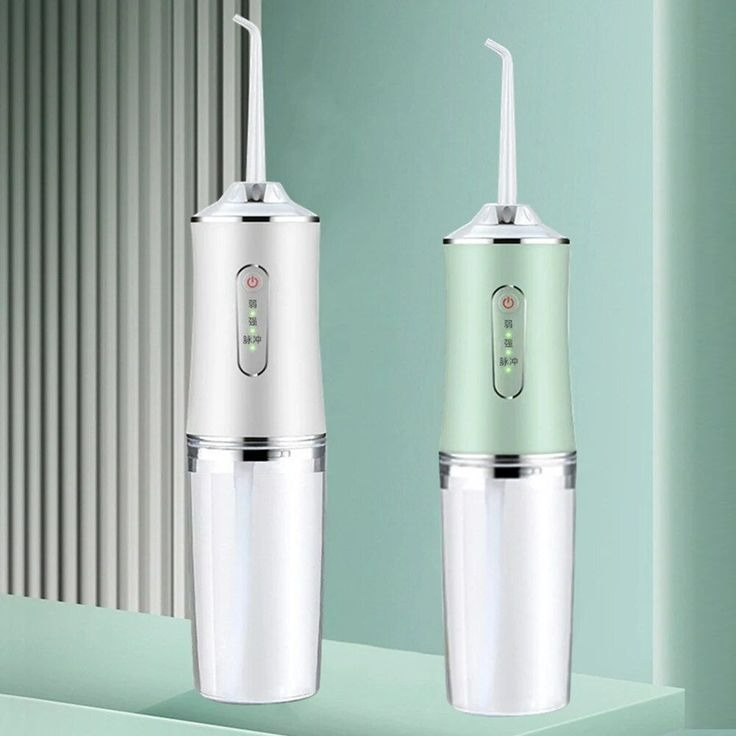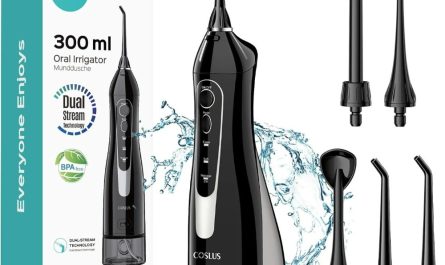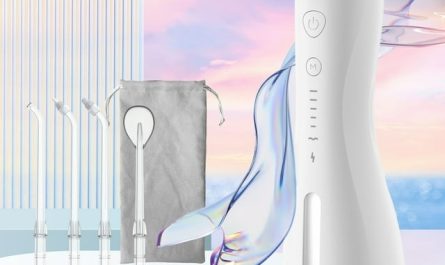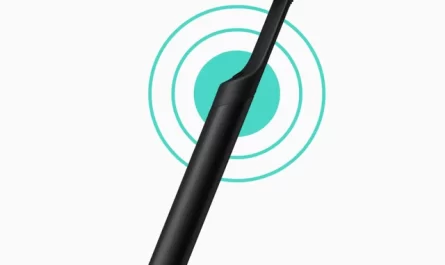Introduction
Water flossers, often lauded for their effectiveness in maintaining oral hygiene, have become increasingly popular in dental care routines. These devices use a stream of pulsating water to remove plaque and food particles between teeth and below the gum line. As families and households look to maximize their spending and reduce clutter, a common question arises: can you share a water flosser? While the convenience of sharing might seem appealing, it’s crucial to explore the implications of hygiene, oral health, and best practices. In this comprehensive article, we delve into the nuances of sharing water flossers and provide actionable tips to maintain impeccable hygiene.
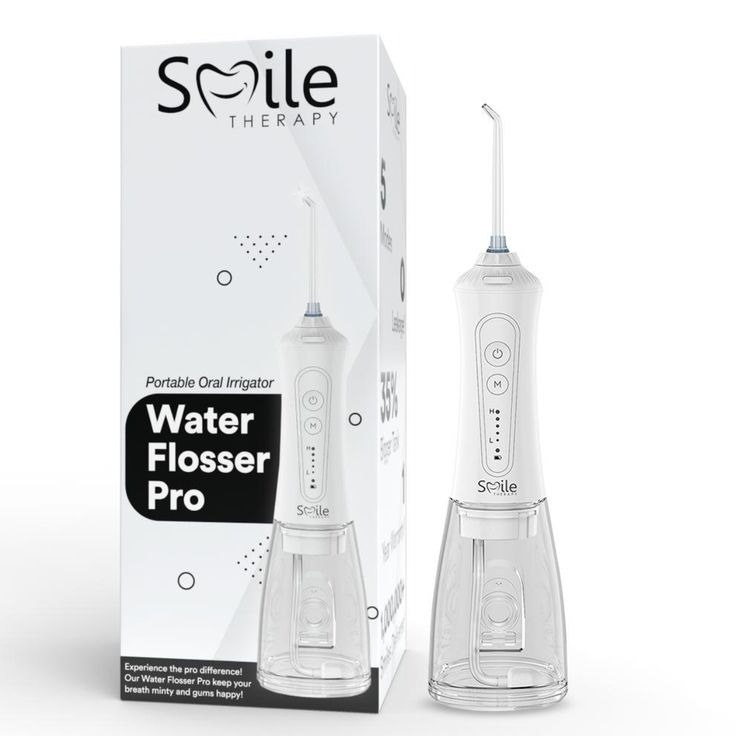
Understanding Water Flossers: How They Work
Before examining the concept of sharing a water flosser, let’s understand how these devices function. Water flossers, also known as oral irrigators, expel a concentrated stream of pulsating water that cleans the spaces between your teeth. Each device typically includes a water reservoir, a pump, and a specialized nozzle. Users can adjust the water pressure, allowing for a customizable experience that can cater to sensitive gums or specific dental needs.
The science behind water flossers emphasizes their effectiveness. Studies have shown that they can reduce plaque more effectively than traditional string floss, making them an excellent addition to oral hygiene routines. They can also assist in flushing out bacteria from periodontal pockets, which can be particularly beneficial for individuals with gum disease. With this understanding, it becomes apparent that while sharing may seem practical, the potential health risks warrant careful consideration.
The short answer to whether you can share a water flosser is a cautious “maybe.” While sharing a water flosser may not lead to an immediate problem, poor hygiene practices can expose individuals to various germs and bacteria. Each person’s mouth carries a unique microbiome, which may contain harmful bacteria that could be transferred through shared use of personal care devices.
Despite the device’s water pressure allowing for removal of debris, it does not eliminate the risk of cross-contamination. If someone has an active oral infection, cold sore, or any other contagious condition, sharing a water flosser could potentially spread the infection to others. For households with multiple users, it’s important to consider these risks alongside the advantages of using a water flosser for oral hygiene.
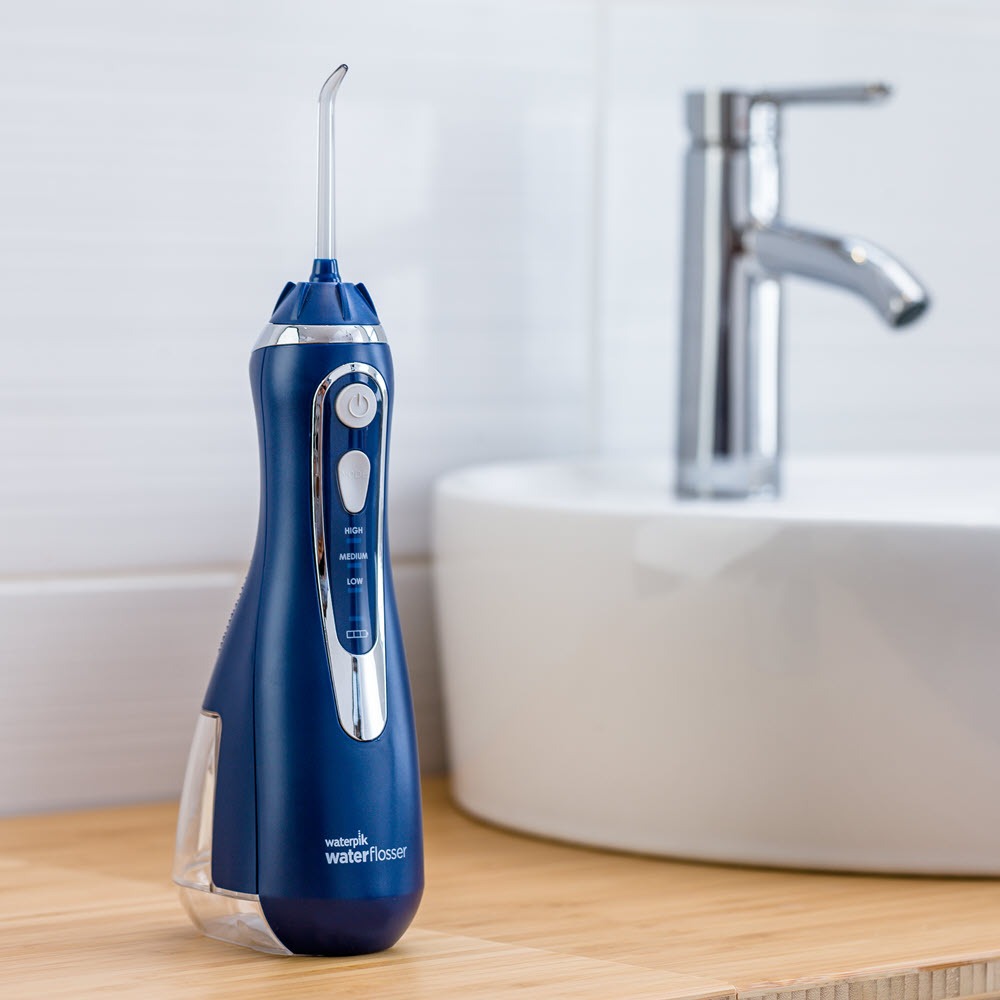
Best Practices for Sharing a Water Flosser Safely
If you decide to share a water flosser among family members, adhering to specific best practices can significantly enhance safety and hygiene. Here are some tips to share a water flosser responsibly:
1. Personal Nozzles for Everyone
One of the most effective ways to maintain hygiene when sharing a water flosser is using individual nozzles for each person. Most water flossers come with interchangeable tips designed for unique dental needs, such as orthodontic or periodontal care. Purchase additional nozzles to ensure that each family member has a dedicated tip.
When using separate nozzles, it’s vital to label or personalize each one to prevent mix-ups. Even the slightest cross-contact can introduce bacteria and germs, undermining each person’s oral hygiene. By creating a personalized setup, you establish a barrier that minimizes potential health risks.
2. Clean the Flosser After Each Use
To further ensure hygiene, clean the water flosser thoroughly after each use—regardless of whether it’s shared or used by a single individual. This cleaning routine should encompass both the reservoir and the nozzle. After usage, empty the water reservoir and rinse it with warm, soapy water to eliminate any resin buildup. Use a soft cloth or sponge to clean the exterior surfaces to ensure they are free from bacteria.
Remember to also clean the tips and nozzles. Soaking them in a solution of water and a few drops of bleach for about 5 to 10 minutes will help eliminate any lingering germs. Afterward, rinse the nozzles with water before reattaching them to the flosser.
3. Store Your Water Flosser Properly
Immediate post-use care goes a long way in maintaining hygiene. Store your water flosser in a dry, clean area to discourage bacteria growth. Avoid placing any personal items, such as toothbrushes or razors, next to the water flosser, as this can lead to cross-contamination.
If your water flosser has a protective cover, ensure that it remains covered when not in use to prevent dust accumulation or airborne contaminants settling on the device. Encourage all users to store their flosser in designated areas to avoid sharing spaces that might harbor bacteria.
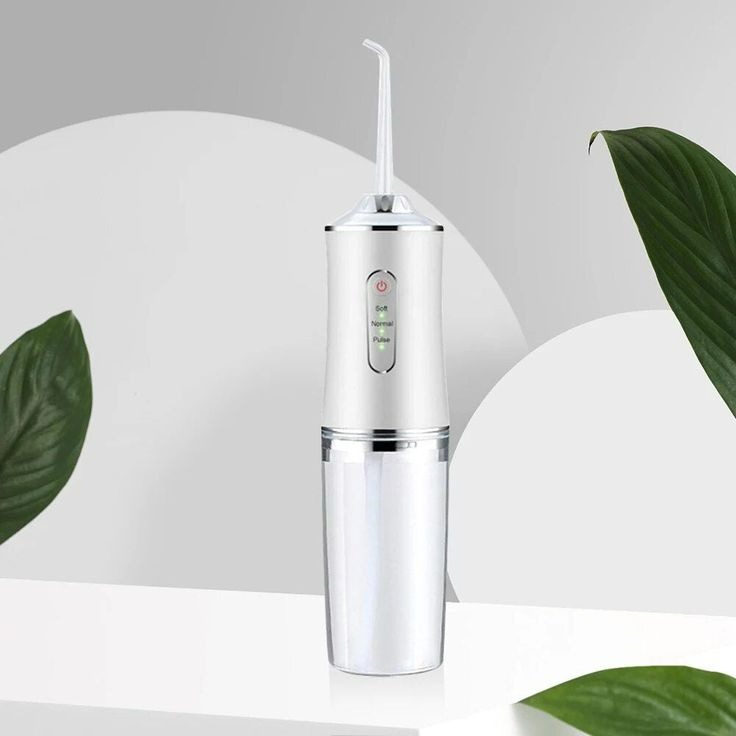
4. Monitor for Signs of Infection
It’s essential for all users to remain vigilant regarding their oral health. Encourage family members to monitor their mouths for any signs of infection, sores, or unusual discomfort. If a user experiences an oral health issue, it’s best to temporarily halt the shared usage of the water flosser until they recover fully.
Infectious conditions can easily pass from one person to another through shared devices. Keeping an eye on individual health can help you address potential risks before they become an issue.
5. Educate Family Members on Hygiene Practices
Educating all family members about proper hygiene practices regarding oral care devices is vital. Promote open discussions about the significance of separating personal items, cleaning routines, and identifying when to avoid sharing. Emphasize the importance of using individual nozzles, cleaning the device after each usage, and monitoring any changes in oral health.
By fostering a culture of awareness and responsibility surrounding oral hygiene, families can work collectively to maintain their health and mitigate risks. When everyone understands the implications of sharing a water flosser, they’ll be more inclined to take the necessary precautions.
Alternatives to Sharing a Water Flosser
If concerns around sharing a water flosser cause significant worry for your family, consider investing in separate devices. While buying multiple water flossers may seem like an added expense, the benefits can outweigh the costs, especially when it comes to oral health.
1. Compact and Cost-Effective Models
Many brands now offer compact and cost-effective water flossers that fit into small spaces and budgets. These devices are lightweight and portable, making them suitable for travel as well. Having a dedicated water flosser for each family member can alleviate hygiene concerns and ensure everyone maintains a consistent oral care routine.
2. Explore Other Dental Hygiene Tools
In addition to water flossers, other oral hygiene tools can effectively complement traditional flossing. Consider tools such as interdental brushes or soft picks, which can aid in cleaning between teeth without the need for shared devices. These alternatives help promote individual hygiene and can serve as useful adjuncts to one’s daily oral care routine.
3. Consulting Oral Health Professionals
If you have further questions about sharing a water flosser or concerns about which devices best suit your family’s needs, consult with a dental health professional. Dentists or dental hygienists can provide personalized recommendations based on specific oral health needs and outline proper care techniques.
The Bottom Line: Prioritizing Hygiene in Oral Care
While the question of whether you can share a water flosser has a nuanced answer, what is clear is that prioritizing oral hygiene should always come first. Maintaining rigorous cleaning practices, using personal nozzles, monitoring health, and properly storing devices can allow families to share water flossers with a degree of safety.
However, assessing the hygiene risks realistically is equally important. If you decide sharing is not worth the risk, investing in individual devices helps bolster oral care routines and enhances overall health. Ultimately, fostering good hygiene habits and ensuring everyone in the family feels comfortable with their oral care choices will lead to healthier smiles.
A water flosser serves as a valuable tool in anyone’s oral health arsenal, making proper use and care essential for every user—shared or individual. By taking the necessary precautions, families can enjoy the benefits of their water flossers while safeguarding their health, keeping their smiles bright and their gums healthy for years to come.

